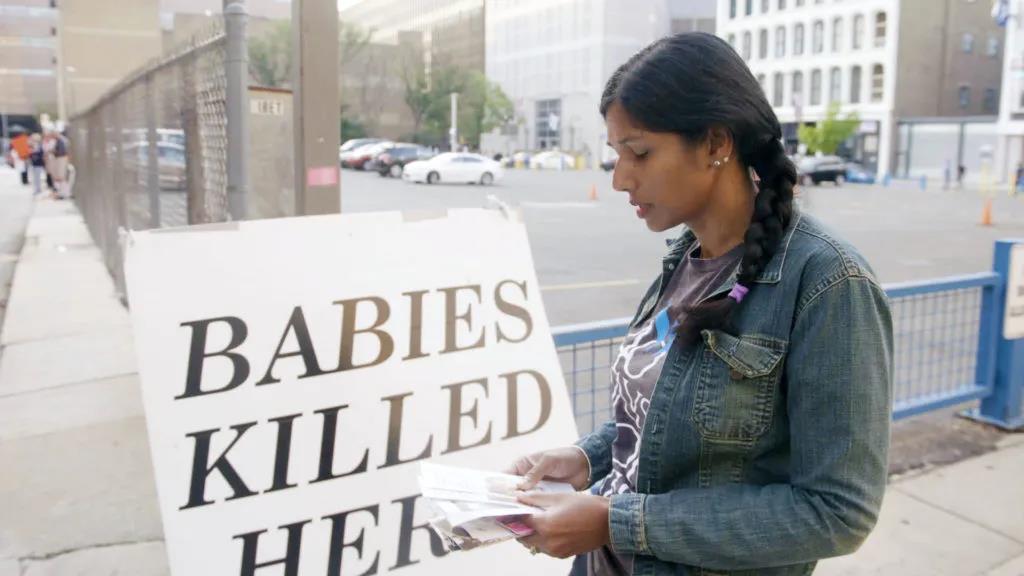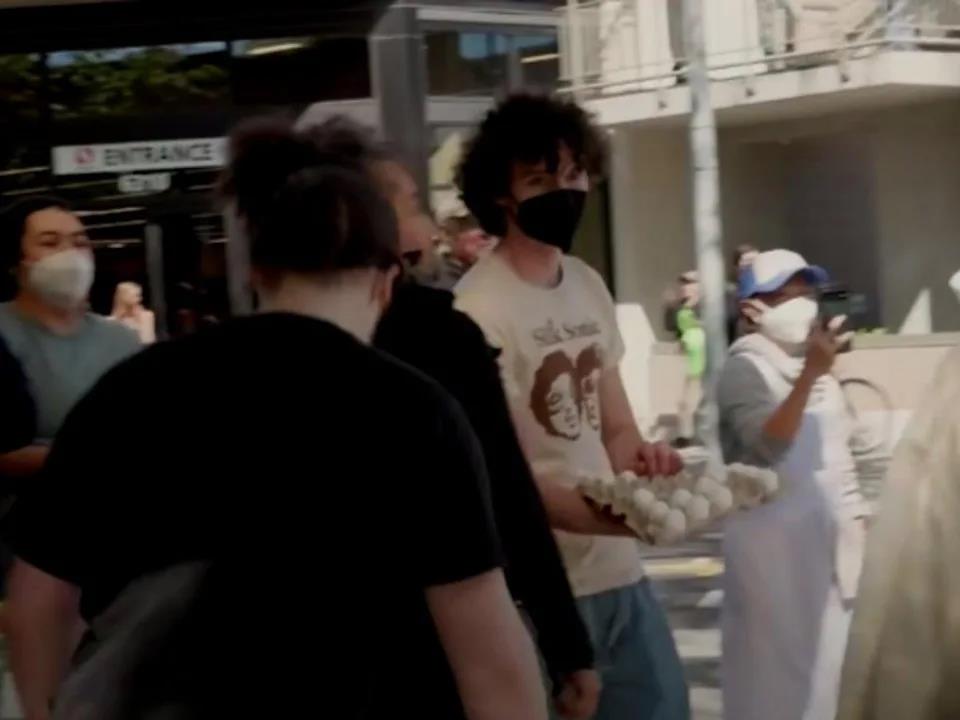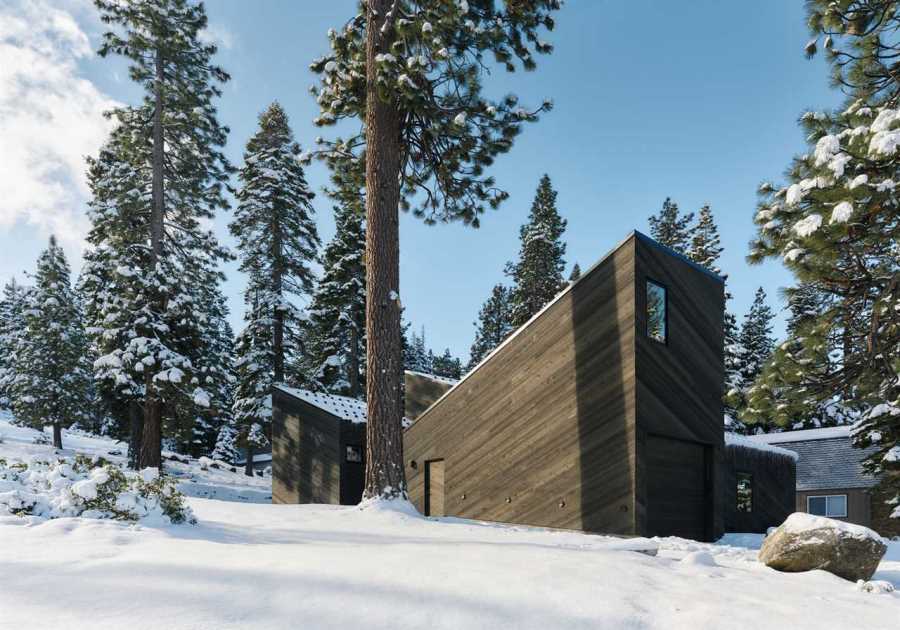Candle-lit vigils, peaceful marches, or more forceful demonstrations outside the homes of Supreme Court justices determined to end legal abortion probably won’t change many minds—certainly not the minds of the targeted justices. But reproductive rights activists have been assembling outside the homes of conspicuously anti-abortion justices since the draft Alito opinion overruling Roe v. Wade dropped.
This is an escalation made by moving the site of protest from the workplace to the homes of targets, and it’s nothing new. In response to protests of all sorts, the Supreme Court had just put up high fences to keep protesters quite a distance away.
Taking the issue to the homes of the justices is an escalation, to be sure, but in the context of a half-century of abortion politics, it’s a relatively modest one. Nearly a decade ago, in a case about “sidewalk counseling” on abortion, the Supreme Court unanimously ruled that opponents of abortion had the right to try to dissuade women seeking to enter Planned Parenthood clinics.

Massachusetts had passed a law providing a 35 foot “buffer zone” around clinics so that clients could come and go without too disruption or fear. The Court ruled that 35 feet was too much space. That counseling didn’t change many minds either.
Surely, the justices, far more insulated and far better protected than the women at clinics, are far better protected, and would want to ensure that their domestic peace didn’t interfere with anyone’s free speech rights.
Abortion opponents used their free speech rights to post the names and pictures of doctors that they thought were providing abortions and publish books detailing strategies for sabotaging abortion clinics. Those Constitutionally protected actions inspired others to bomb clinics and shoot doctors. Or even the home of Harry Blackmun, the justice who wrote the opinion in Roe.
Speech matters.
Public assembly outside the home of a justice may make the people inside uncomfortable, family and friends as well as the justices. It’s hard to think that any of the hyper-conservative majority will be intimidated or persuaded to change their minds. Justice Clarence Thomas, mostly angry and defensive about the Court these days, forcefully announced that the justices would not be bullied. Of course.
Senator Mitch McConnell explained that a critical decision from the packed Court that went against public opinion didn’t bother him. After all, he said, that’s the way the system is supposed to work—and often does—pointing to an unpopular decision protecting flag burning from the 1980s. McConnell was a little right this time. He then went on to blame Democrats and the left for promoting disrespect for the Court by doing things like demonstrating outside the justices’ homes, trying to pull the focus off abortion.
More important than the mostly disingenuous critiques of the home protest tactic are the other protest and political actions it’s meant to inspire—including large demonstrations and directed voting. Those effects will play out over months and years.
There is, of course, always a risk of backlash to the home protests, direct and indirect. Just a few weeks ago, the US Freedom Convoy tried to escalate by protesting outside the home of Buffy Wicks, who serves in the California State Assembly. The protesters were met by counterprotesters well-equipped with eggs, no doubt compliant with California standards for humane production and food safety.

Read More
By: David S. Meyer
Title: Dilemmas and Dynamics of Escalation (4)
Sourced From: politicsoutdoors.com/2022/05/16/dilemmas-and-dynamics-of-escalation-4/
Published Date: Mon, 16 May 2022 19:21:00 +0000
.png)





